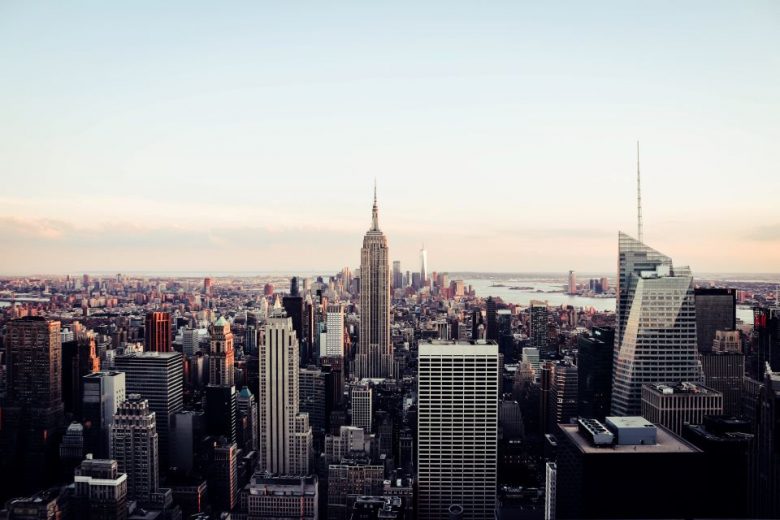Living in a big city offers billions of advantages: better jobs, more options for entertainment, and the greatest advantage of being able to shop in your pajamas because: “nobody knows me anyway “. Not to underestimate the exponential increase in the opportunities for towing, which is not a small thing.
Check out these amazing hotel deals!
- Save up to 30% on your hotel in Hawaii!
- Last-minute holiday hotel deals
- Top hotel deals for a new year trip
- Visiting Paris? Find the Best Deals & Reviews at TripAdvisor.
- Save 30% on hotels in Ocean City, Maryland...a TripAdvisor Top 10 Summer Destination!
- Save up to 30% on your hotel on your Winter Vacation!
- Find top-rated hotels at the lowest prices on TripAdvisor. Check rates now!
- Save up to 30% on hotels for a romantic getaway!!
But which are the largest cities in the world? Giving a certain and unambiguous answer is practically impossible because each nation uses different criteria to determine city borders. That’s why we’ve decided to present two classifications: the first takes into account the “built-up urban areas” (urban agglomerations that also include suburbs) and the second is limited to “real administrative cities”. Let’s check them out!
The Largest Urban Areas in the World
Usually, “urban area” refers to the set of contiguous buildings that make up a city, but which very often extend beyond the municipal boundaries, including any agglomerated suburbs.
It should be noted that this definition is not univocal since each nation uses different criteria for delimiting the borders of the various urban areas. Some nations rely on the presence of urban features such as paved roads, electric lighting, sewerage, while others take into account the population density or the percentage of commuters to the center.
Furthermore, the concept of an urban area often overlaps with that of a metropolitan area creating further confusion. Unlike the urban area, the metropolitan area is usually officially recognized by the local government and includes primary commuter areas even if they are not strictly contiguous.
Now, let’s see which are the largest urban areas in the world!
| City | Extension | Inhabitants | Density |
| New York (USA) | 11,875 sq km | 21,575,000 | 1,700 inhabitants per sq km |
| Boston-Providence, Massachusetts (USA) | 9,189 sq km | 7,315,000 | 800 inhabitants per sq km |
| Tokyo-Yokohama, Japan | 8,547 sq km | 38,050,000 | 4,500 inhabitants per sq km |
| Atlanta, Georgia (USA) | 7,296 sq km | 5,325,000 | 600 inhabitants per sq km |
| Chicago, Illinois (USA) | 6,856 sq km | 9,160,000 | 1,300 inhabitants per sq km |
| Los Angeles, California (USA) | 6,299 sq km | 15,620,000 | 2,300 inhabitants per sq km |
| Mosk Russia | 5,698 sq km | 16,855,000 | 3,000 inhabitants per sq km |
| Dallas, Texas (USA) | 5,175 sq km | 6,600,000 | 1,100 inhabitants per sq km |
| Philadelphia, Pennsylvania (USA) | 5,131 sq km | 5,575,000 | 1,100 inhabitants per sq km |
| Houston, Texas (USA) | 4,841 sq km | 6,285,000 | 1,100 inhabitants per sq km |
The Largest Administrative Cities in the World
| City | Extension | Inhabitants | Density |
| Beijing, China | 16,801.25 sq km | 21,516,000 | 1.280,61 inhabitants per sq km |
| Sydney, Australia | 12,367.7 sq km | 5,230,330 | 422.90 inhabitants per sq km |
| Shanghai, China | 6,340.5 sq km | 24,750,000 | 3,903 inhabitants per sq km |
| Brasilia, Brazil | 5,780 sq km | 3,919,864 | 678.17 inhabitants per sq km |
| Chongqing, China | 5,467 sq km | 17,900,000 | 3.274 inhabitants per sq km |
| Istanbul, Turkey | 5,343 sq km | 13,520,000 | 2,530 inhabitants per sq km |
| Karachi, Pakistan | 3,527 sq km | 14,910,352 | 4,227 inhabitants per sq km |
| Shenyang, China | 3,495 sq km | 6,255,921 | 1,789 inhabitants per sq km |
| Hanoi, Vietnam | 3,358.9 sq km | 6,844,100 | 2.037 inhabitants per sq km |
| Pyongyang, North Korea | 3,194 sq km | 3,255,388 | 1,019 inhabitants per sq km |
By “real city” we refer to the set of buildings delimited by administrative boundaries (legal or political). In the case of actual cities, urban status is administratively recognized by some form of local government.
Now, let’s take a look at the largest administrative cities in the world!
Check out these amazing hotel deals!
- Save up to 30% on your hotel in Hawaii!
- Last-minute holiday hotel deals
- Top hotel deals for a new year trip
- Visiting Paris? Find the Best Deals & Reviews at TripAdvisor.
- Save 30% on hotels in Ocean City, Maryland...a TripAdvisor Top 10 Summer Destination!
- Save up to 30% on your hotel on your Winter Vacation!
- Find top-rated hotels at the lowest prices on TripAdvisor. Check rates now!
- Save up to 30% on hotels for a romantic getaway!!






Find Us on Socials